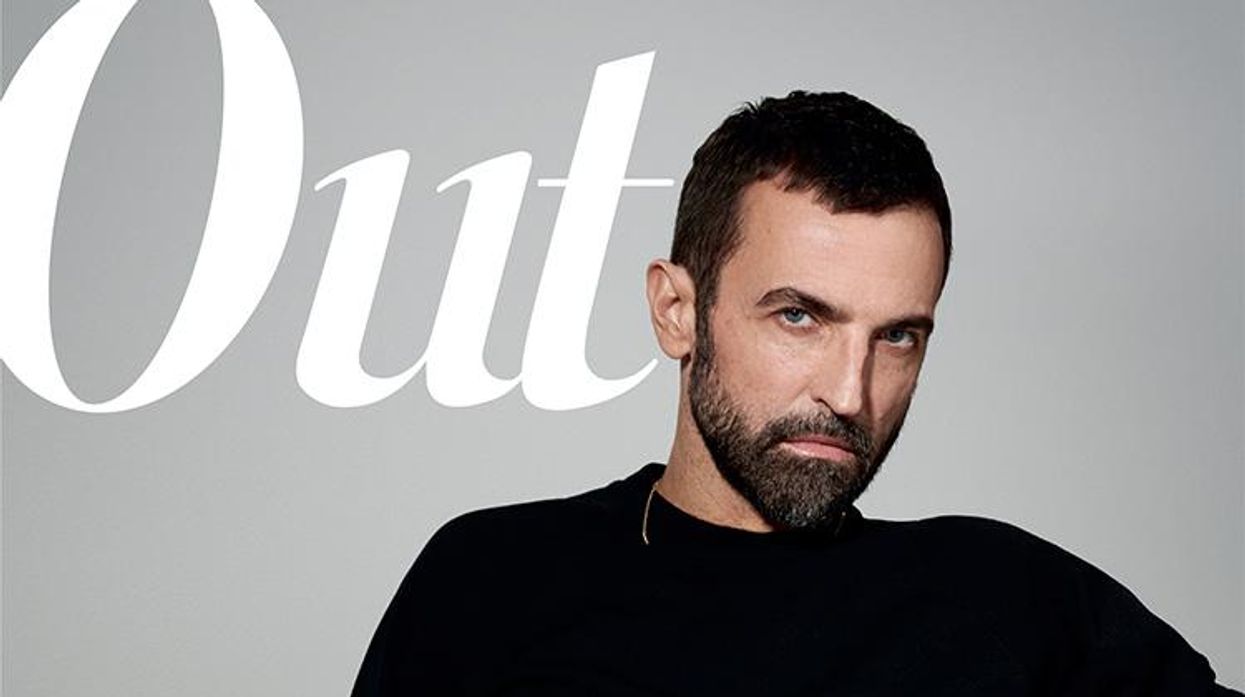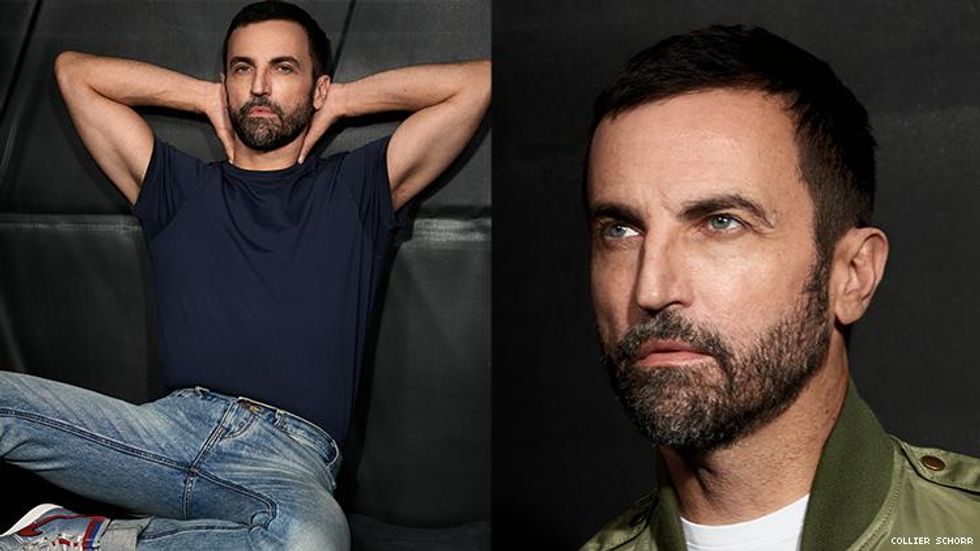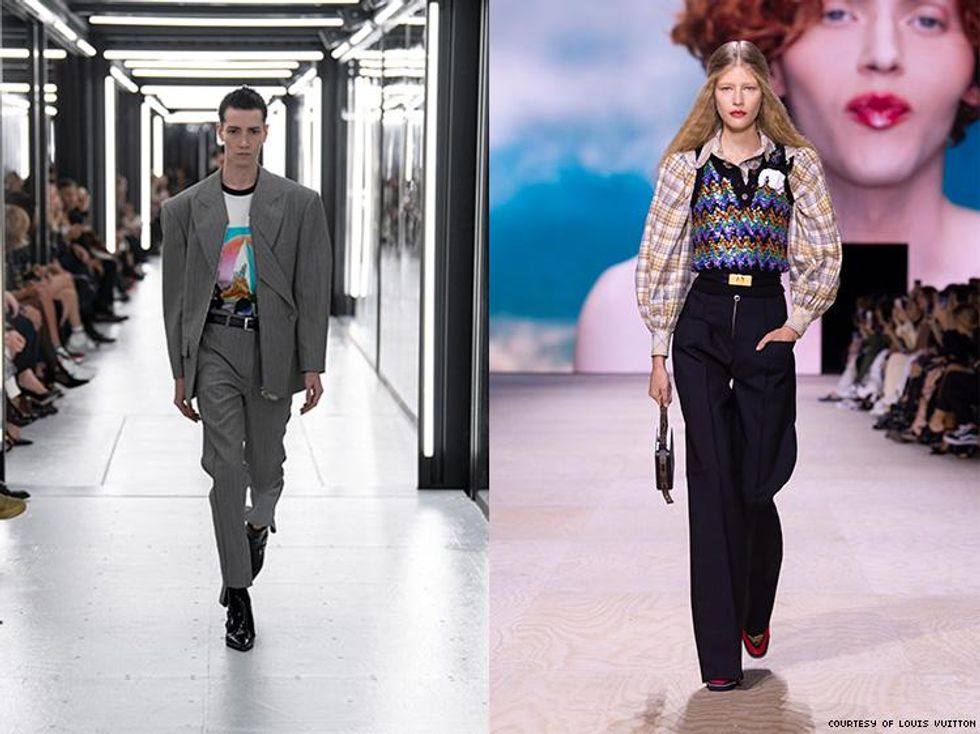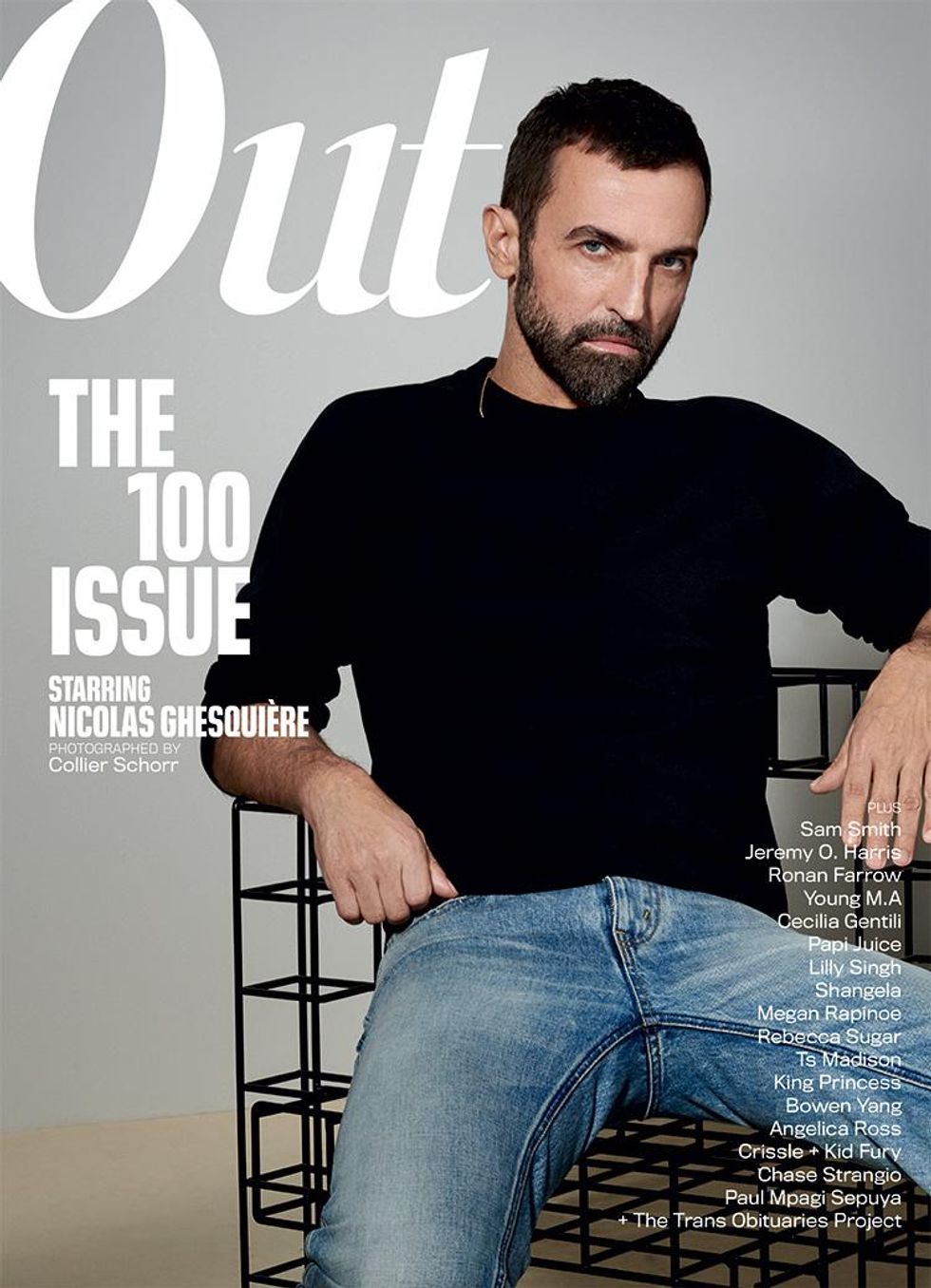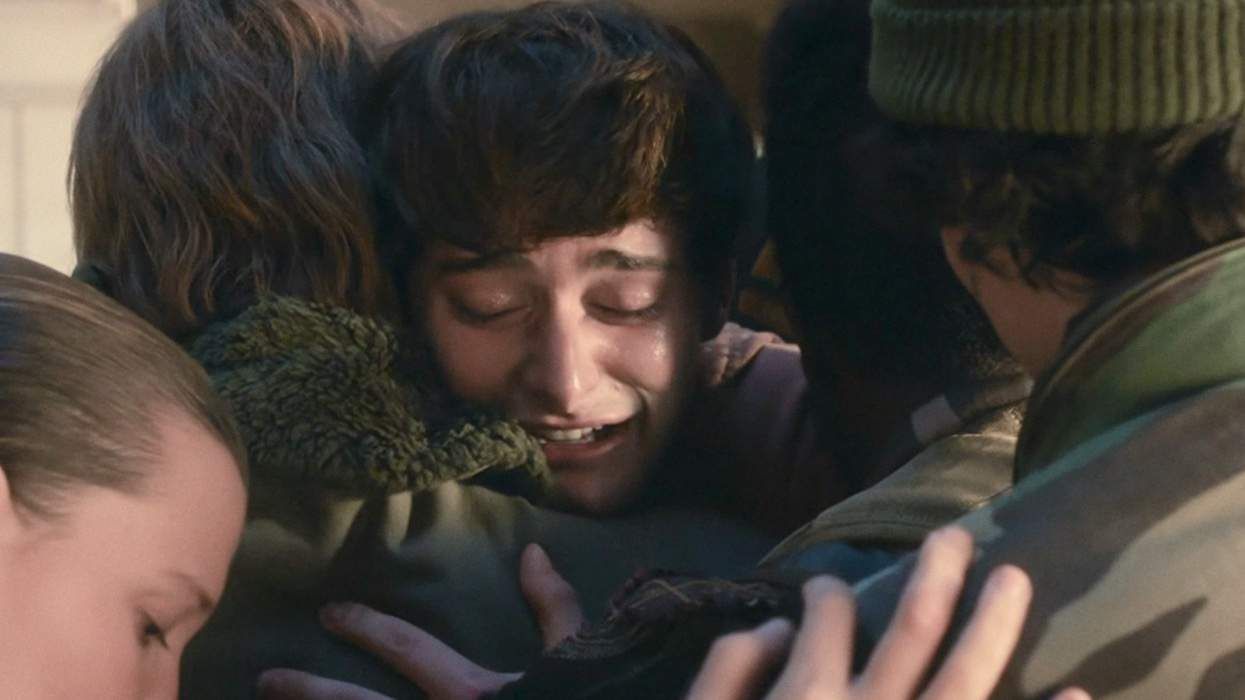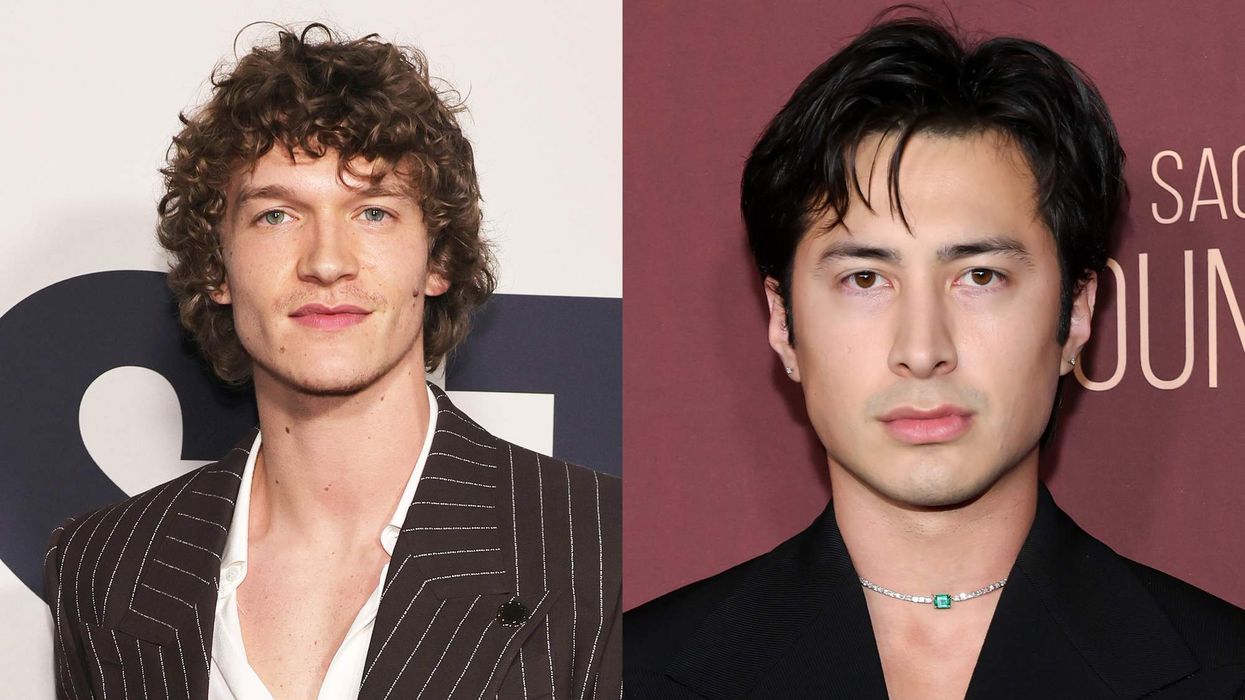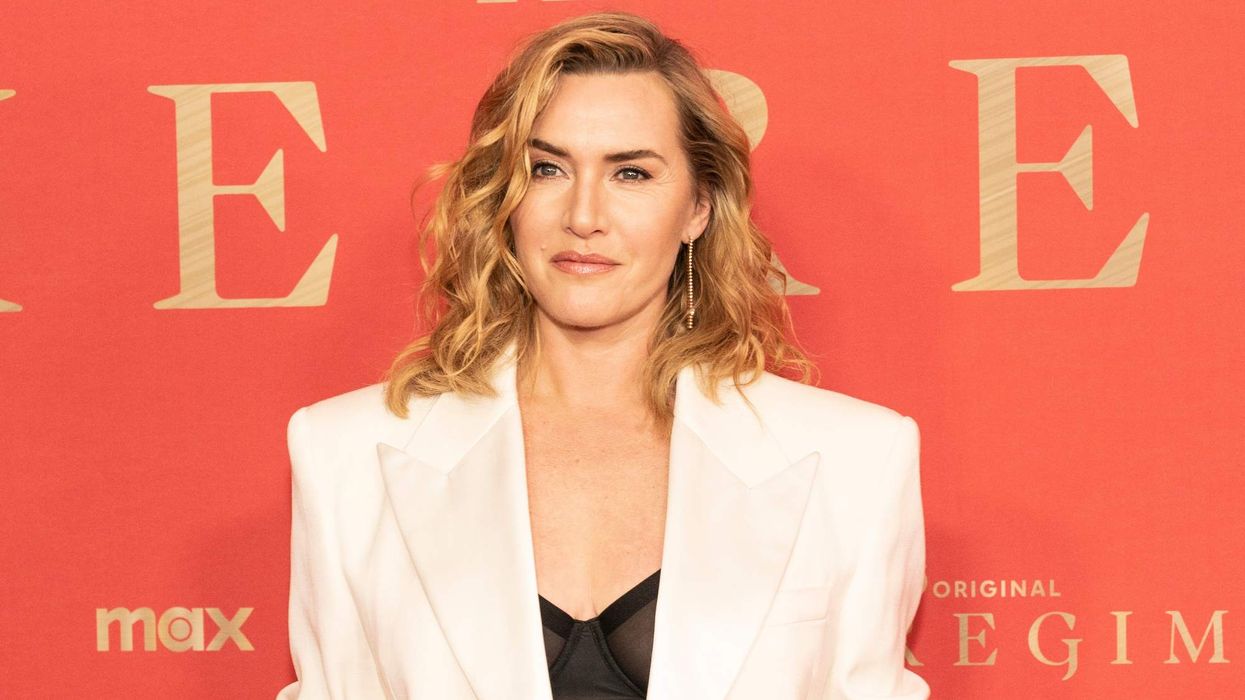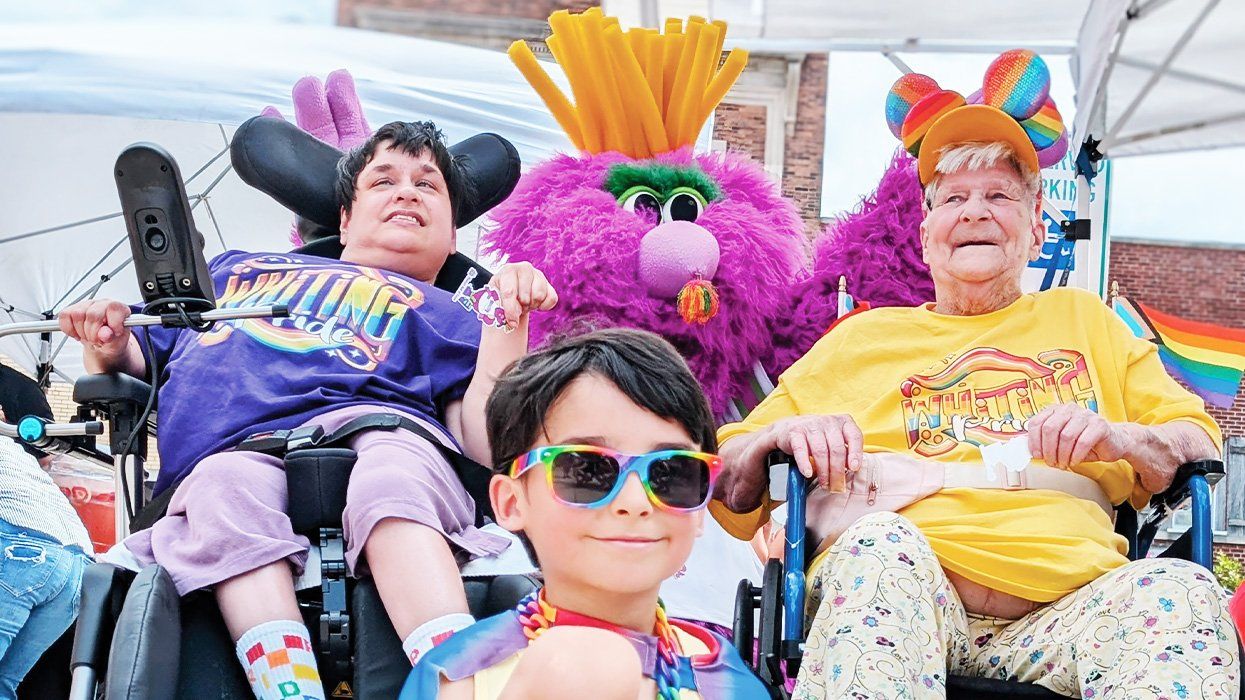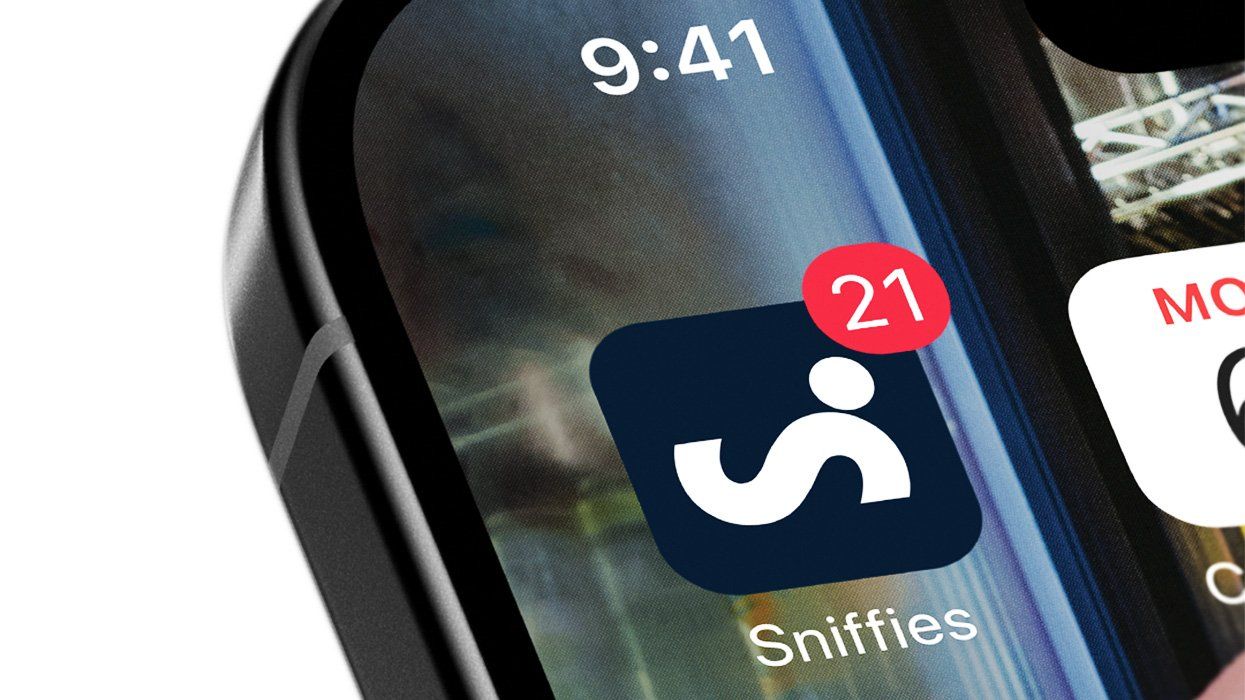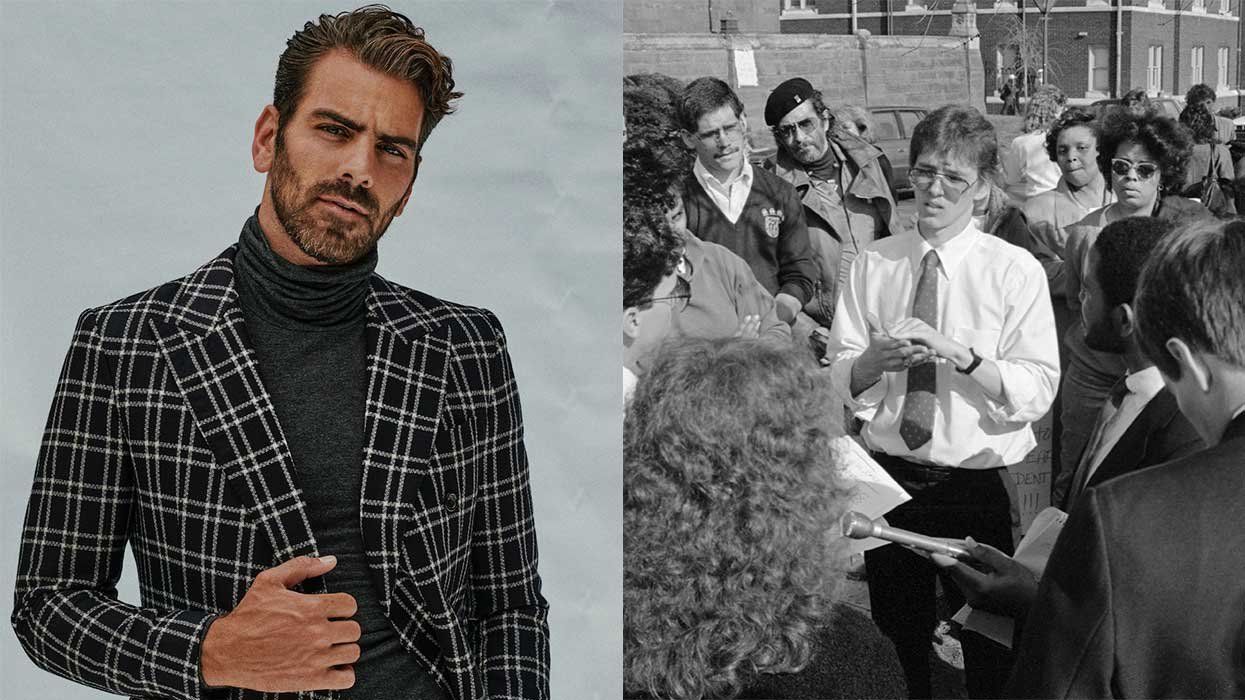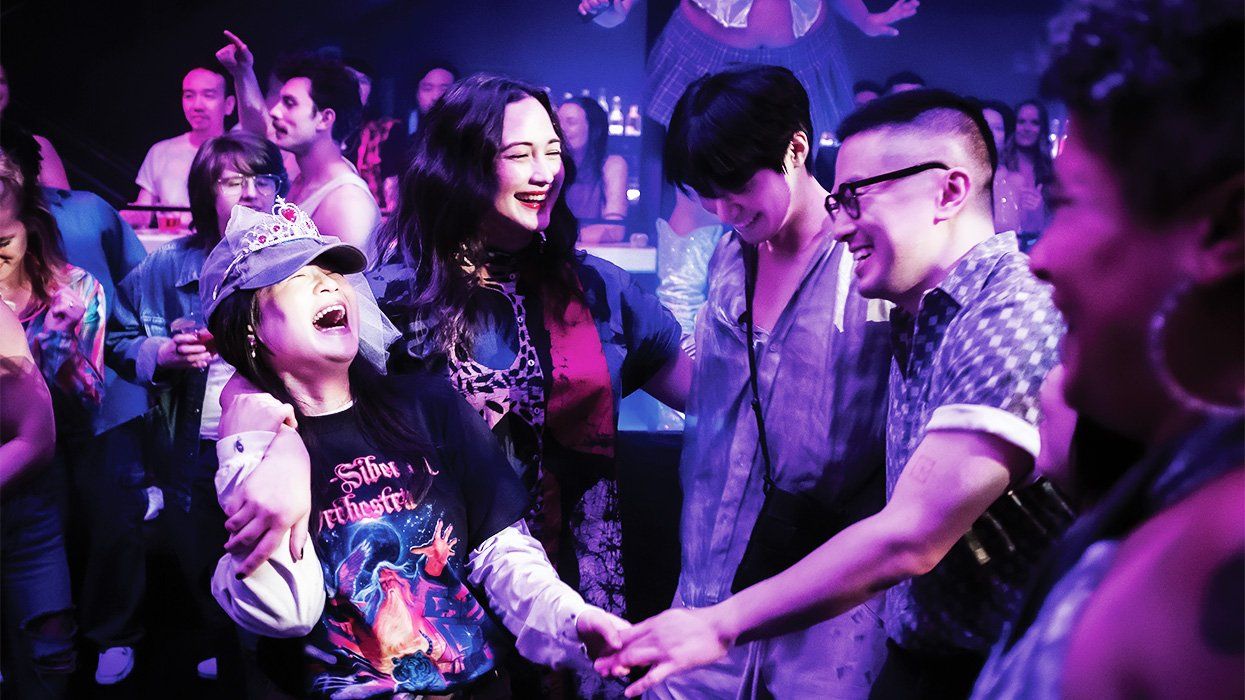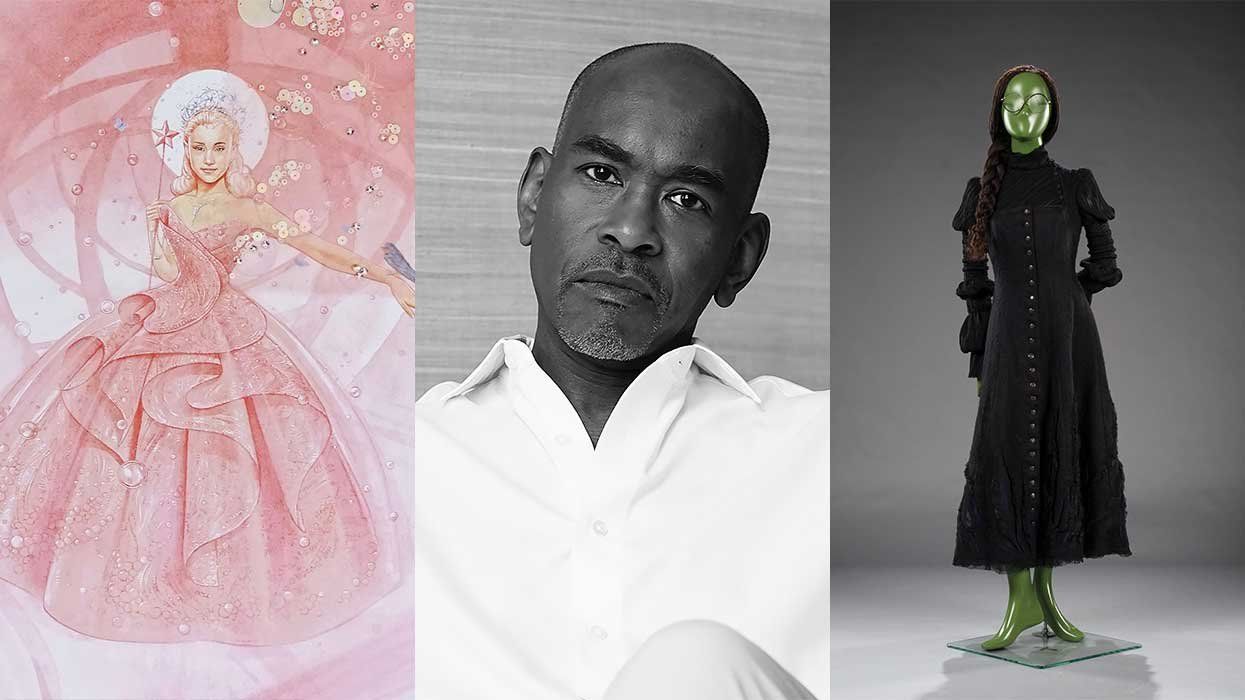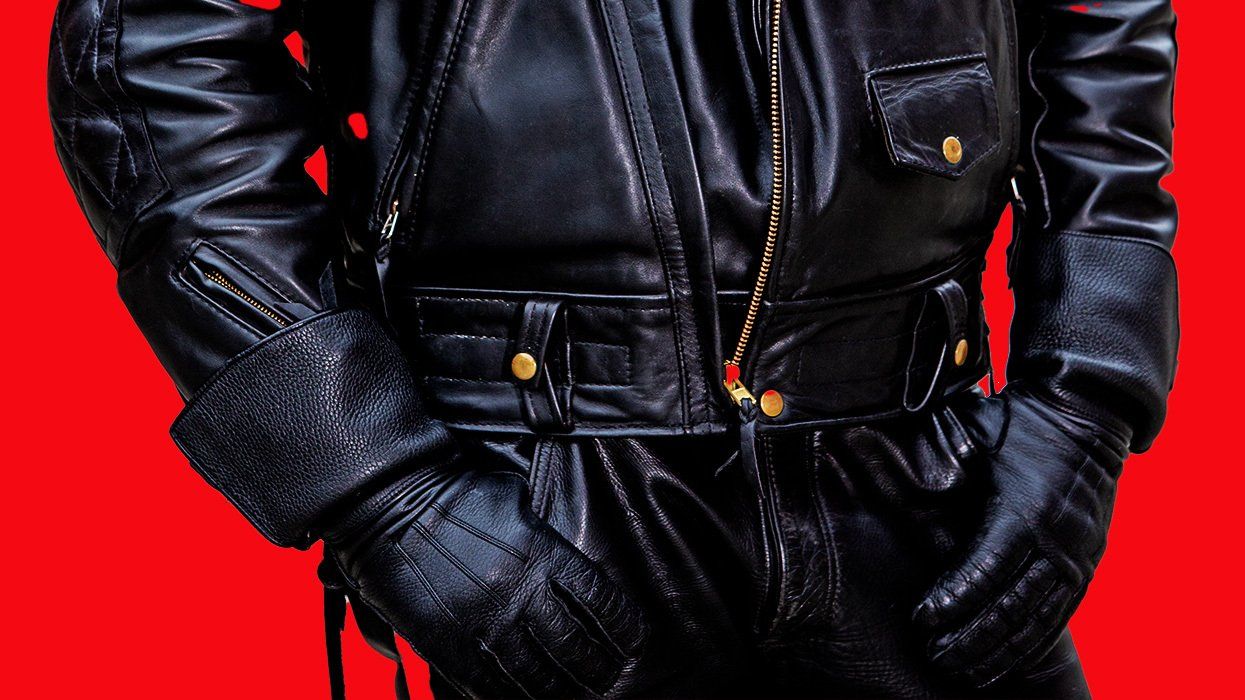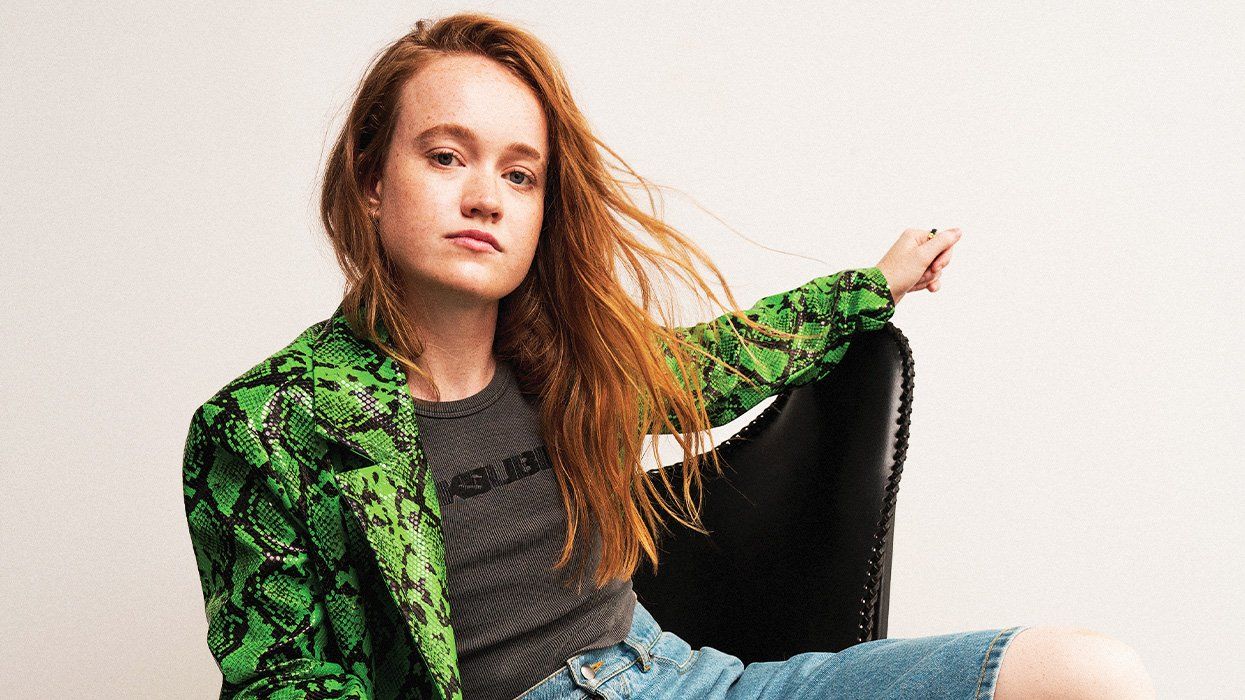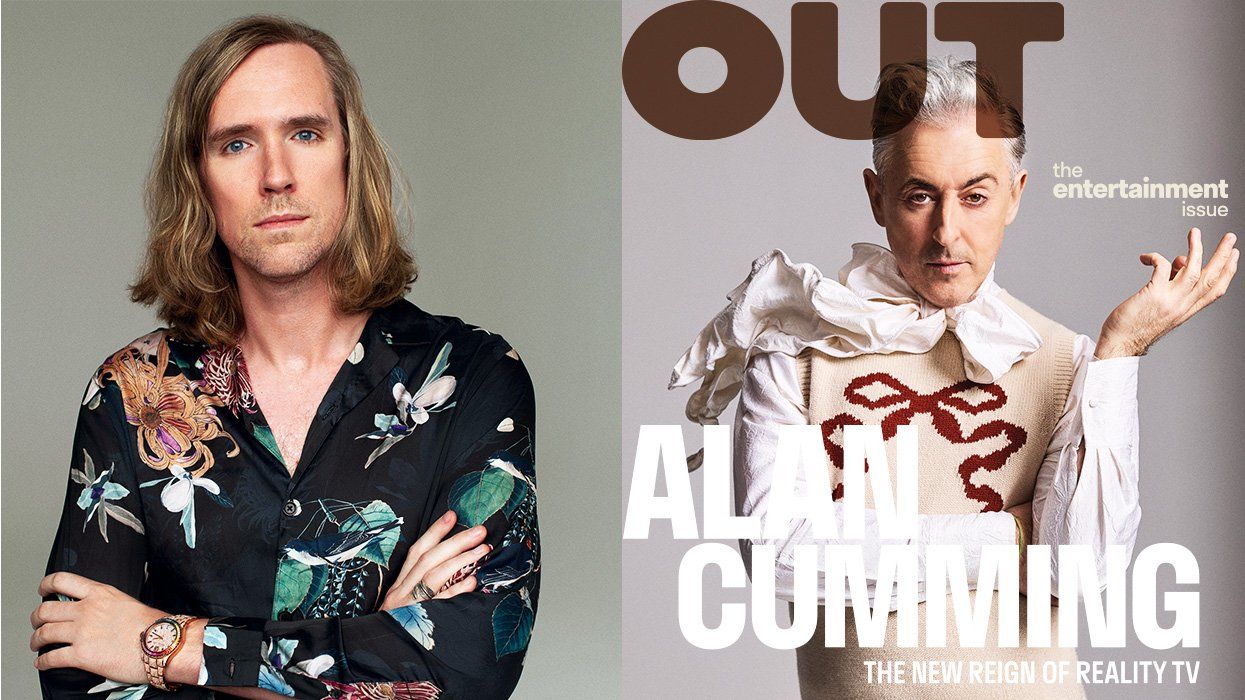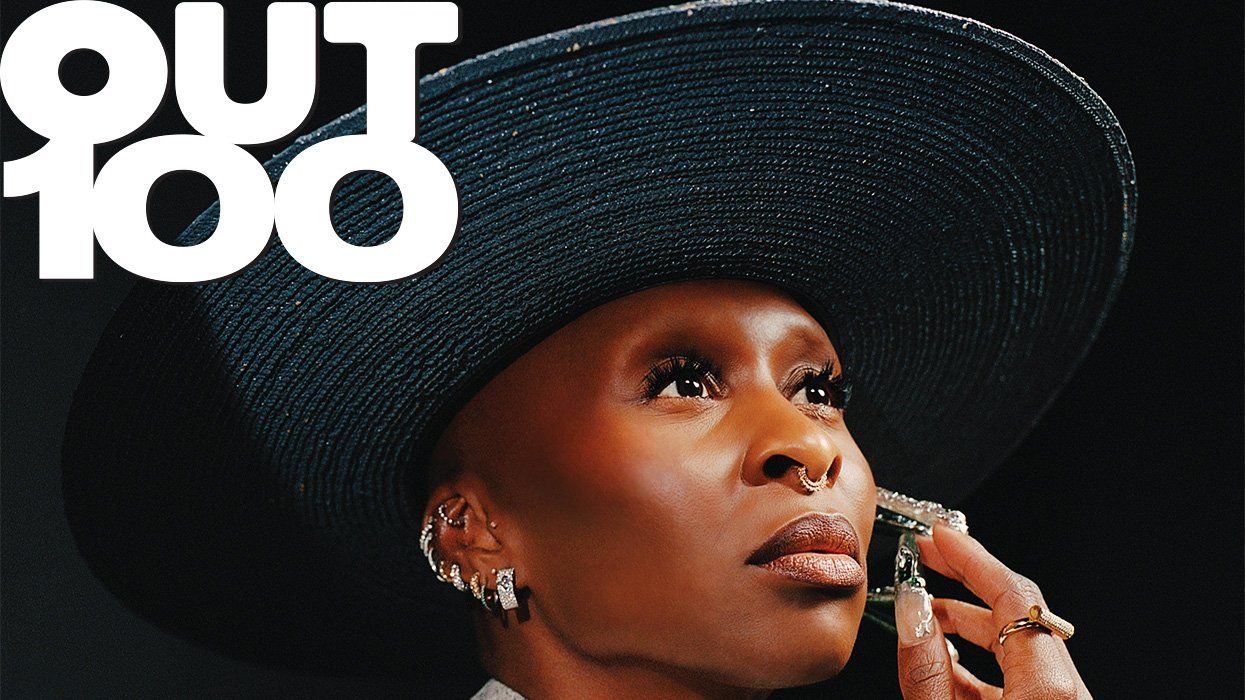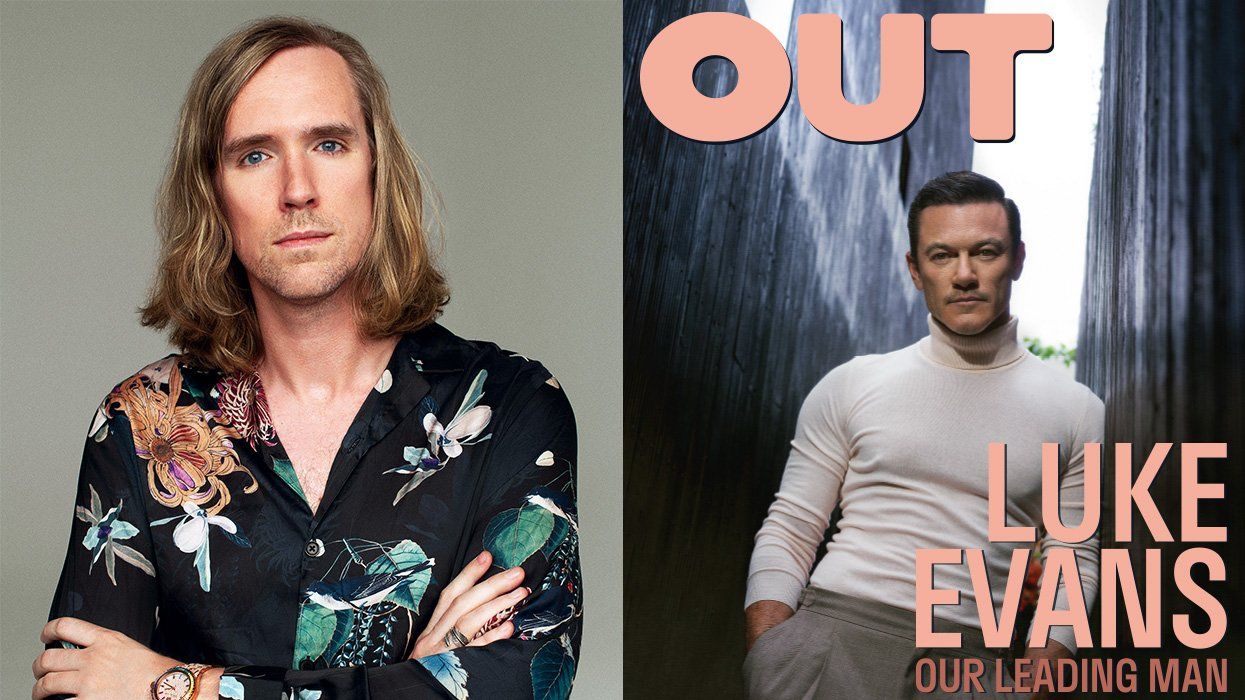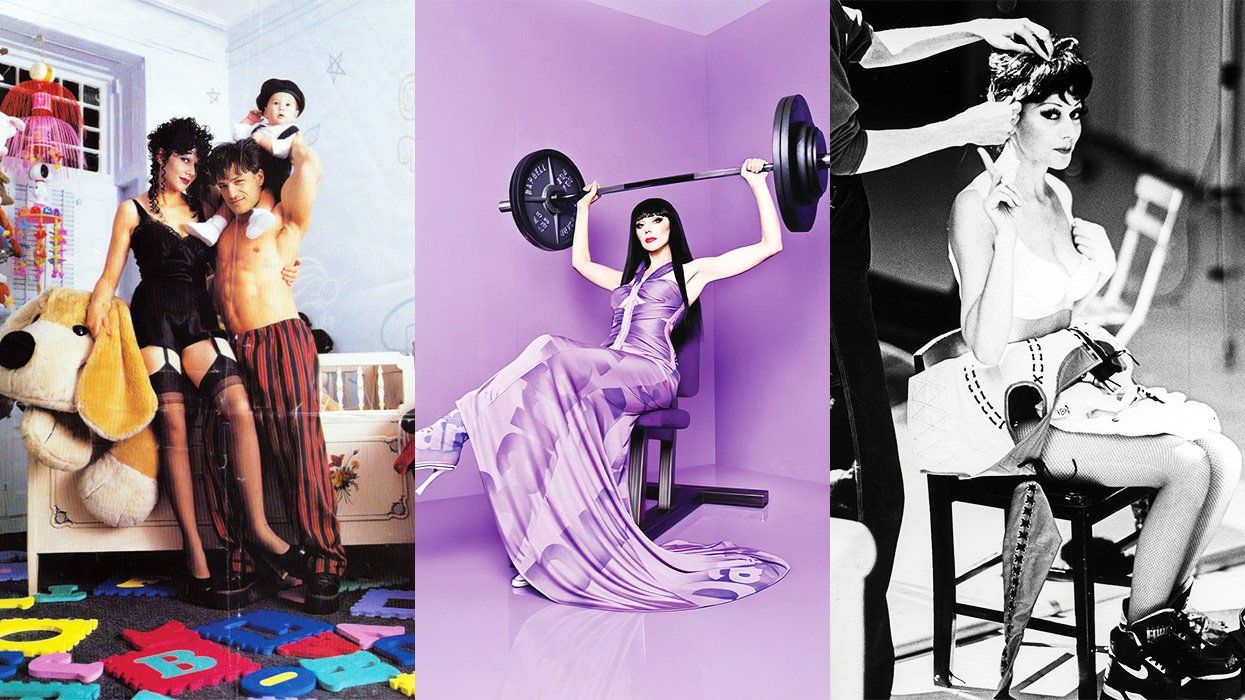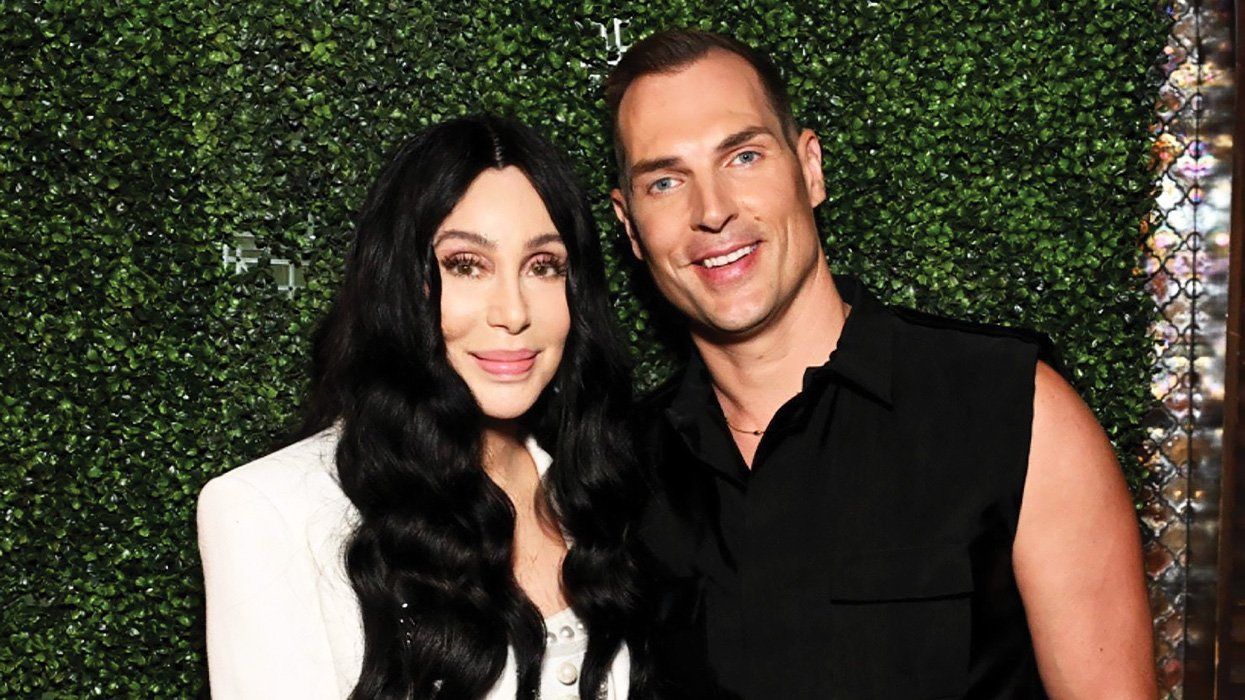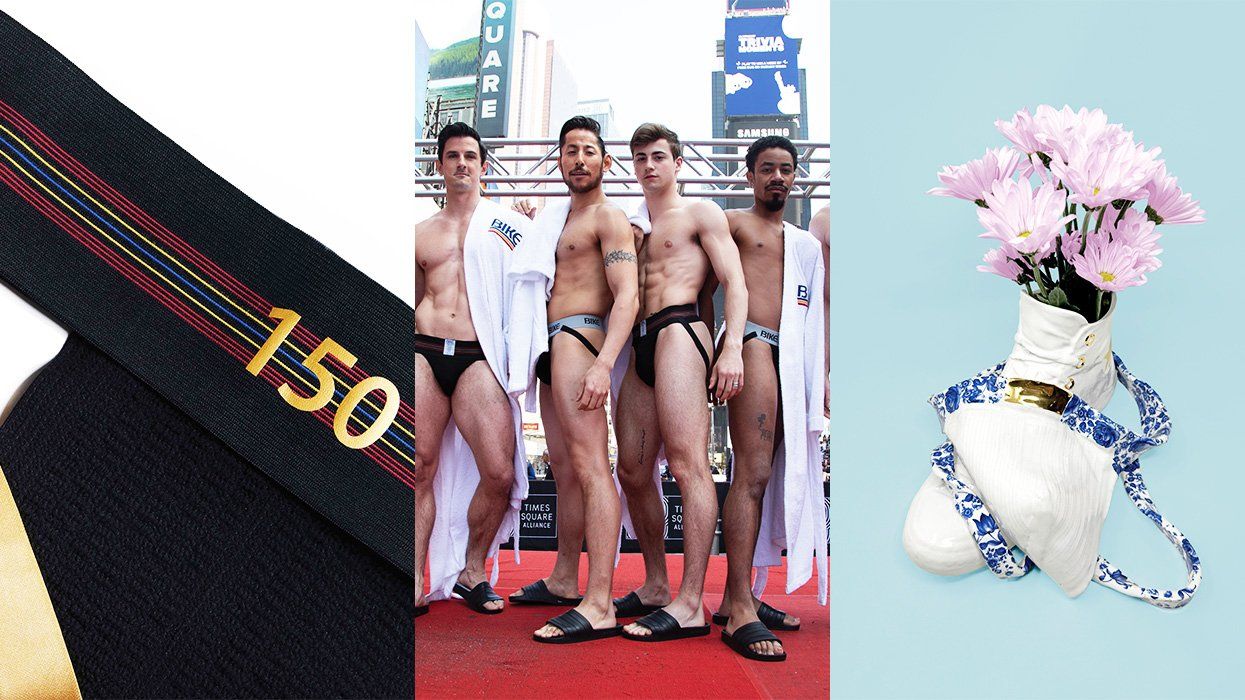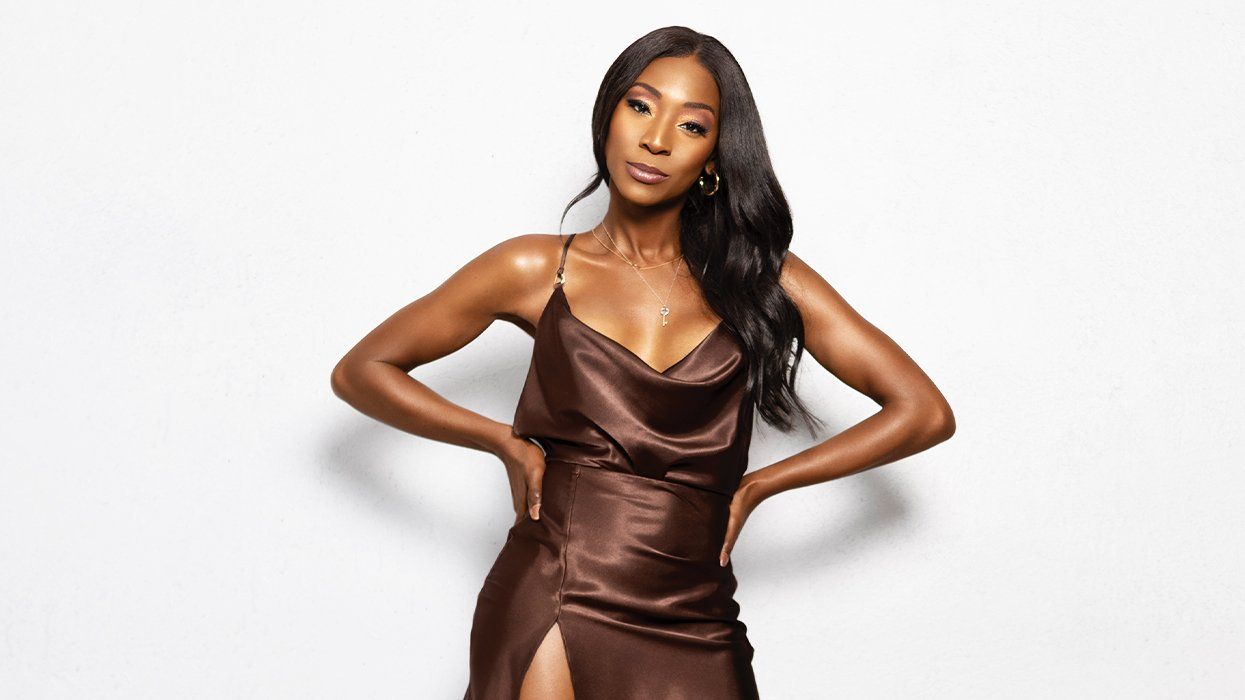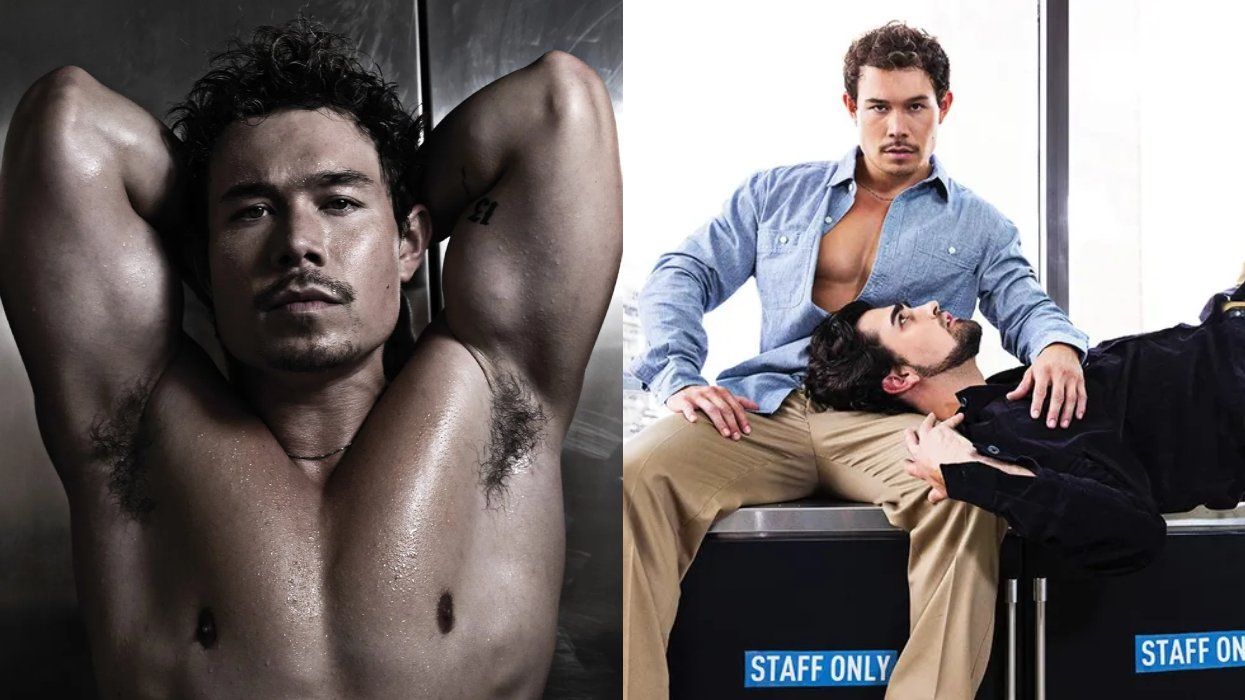Nicolas Ghesquiere is, by now, used to going last. After all, for the past five years, his collection has served as the grand finale of "Fashion Week," an epic journey which really consists of a multi-city tour spanning New York, London, Milan, and Paris, and clocks in at a little over a month's worth of runways, presentations, "re-sees," and appointments. The trouble with going last, of course, is that the attendees -- many of whom by now have witnessed 150 or more shows -- are travel-weary, and think they've surely seen it all.
That was the case in October, until they were ushered past the famous glass pyramid at the Louvre Museum and into an expansive courtyard. There, they entered a large box made of pine, and promptly found their seats. The best way to describe the size of the venue is, perhaps a bit ironically, in sports terms: it was about as large as a basketball stadium.
After the camera flashes finished their final dance among the Vuitton spokeswomen -- the front row attendees included Catherine Deneuve, Laura Harrier, and Pose's Indya Moore -- the lights in the space faded to black. And all at once, an entire wall was consumed with the image of a lipsticked, topless woman -- musician, producer, and Out100 alumna, Sophie -- who began to move rhythmically and solemnly to an extended version of her song, "It's Okay to Cry."
Beneath Sophie's chin, a small, black rectangle appeared. And from there, out marched the models; some in short, flouncy skirts, and others in sharply-tailored pantsuits with a slight flare at the leg, cattleya orchids embellishing their jacket lapels. The show prompted Vanessa Friedman, the fashion director of The New York Times, to conclude in her final review of the season, "The time of ceding the high ground to streetwear...is at an end. That's so 20-teens. 2020 is coming. Time to get dressed."
Once again, Nicolas Ghesquiere ended Paris Fashion Week -- on a high note.
Of course, Ghesquiere is no stranger to putting on a stellar show. At the age of 25, he was appointed the artistic director of Balenciaga, which was (at the time) a fashion house surviving off the licensing of its fragrances. It was largely due to his hard work that the house became one of the most coveted names in the luxury space. "I remember thinking, there's a reason why you're here now," Ghesquiere says. "So, even if the house has this magnificent history, you're 25 and what they want is your point of view."
That point of view legitimately changed the way women dress, and many of his designs are instantly identifiable as symbols of 2000s style. Case-in-point: the Balenciaga Lariat Bag (which debuted in the early aughts) is currently experiencing a pretty major comeback. "When it first debuted 18 years ago, [the bag] enjoyed a burst of feverish popularity, becoming one of the mid-'00s most defining accessories," writes Vogue's Liana Satenstein. "Somehow, its reputation has lasted."
It's no wonder then, that after all this success (and a knack for making killer accessories) Ghesquiere would find himself across from Bernard Arnault, the Chairman and CEO of Louis Vuitton Moet-Hennesey (better known as LVMH). After his meeting, Ghesquiere had a stroke of brilliance. "I had a feeling that I had to put craft and my hands into a construction of this new aesthetic," he says, "so I decided to cut together magazines and paper to make a model for a handbag."
The prototype arrived to Mr. Arnault, who clearly saw its commercial viability. Purse enthusiasts are more likely to know it as the Petite Malle, a $5,000+ purse that can be seen all over the likes of celebrities and fashion insiders. The name, of course, is French for "mini trunk" -- a clever innovation, since luggage trunks were the staple of the house of Louis Vuitton since the maison's beginning in 1854.
Ghesquiere arrived as artistic director of women's collections at Louis Vuitton in 2013, now in charge of one of the wealthiest and most powerful fashion brands in existence. But, he insists, his point of view hasn't changed since his days at Balenciaga. "Vuitton may be one of the biggest houses in the world, but still, I think in quite a simple way, and that there's a reason people want to know what I'm thinking at this moment," he says. "That may seem a little egotistical, but you have to have a part of you, as an artistic director, that balances your creative ego with a personality that is much more simple and accessible."
At Vuitton, Ghesquiere has what many would consider a designer's dream. Where he once started off with a team of four or five, his studio now has dozens of employees. Since he is a part of the LVMH family, he also has access to some of the finest materials and craftsmanship in the world. (And, because he's at Louis Vuitton specifically, price is really no object -- he's able to make the most beautiful clothes with the most expensive fabrics known to man.)
But it's exactly his initial approach that allows the richness of Vuitton -- which could, in this particular moment in time, feel elitist and off-putting -- to embody the "now" of what women want and should be wearing. "I'm not a technician, and I've never learned in a proper academic way 'how to do' fashion," he admits. "But I'm very intuitive. So I don't care if I take a handbag and have to completely destroy it to make it better. I do the same with the clothes to make sure that the volume I design on paper is able to achieve an intriguing dimension."
"The act of transformation between the original idea and the realization of it is what makes the greatness of an artistic director," he continues. "Sometimes people think it's about creating -- and that's true -- but the way you give your ideas the shape of reality is where the real expression of your vision lies." Ghesquiere is, of course, able to articulate these things more clearly now, some 20 years after his initial, explosive success onto the fashion scene. "I was young at one point," he says with a laugh. At 48 years old, he is part of a very small and rarefied fashion elite. Inside that circle lies a crop of designers who have managed to become mainstays, even in the aftermath of a tumultuous economic recession, and the endless game of musical chairs where artistic directors are shown the door if they can't turn a profit quickly enough.
It's in his design studio, he says, where he feels the most energized, surrounded by creatives who inspire him to do and be his best. "It's fantastic to be around new points of view, fresh eyes, and someone who looks at things from a different angle, someone who can take my shoulder and move me a few centimeters just to see things totally differently," he says.
And clearly, he has an undeniable knack for talent. Ghesquiere's studio has churned out some impressive names into the industry, including Natacha Ramsay-Levi, who's now in charge at Chloe, and Julien Dossena, who's recently drawn headlines for reinvigorating the house of Paco Rabanne.
While Ghesquiere insists he still has the same spirit for design and innovation that marked his Balenciaga days, his dedication to what happens off the runway has considerably evolved. "I want to make sure that I answer to my moment," he says, succinctly. "But this work, sometimes, makes us very tough and quick about things. It's hard. So the most artistic thing I can do is be soft."
And he doesn't mean "soft" as an aesthetic, but as a vulnerability, an openness. This feeling is what inspired him to demand action on sustainability, particularly at Vuitton. All the wood from the set design of his most recent show, for example, was donated for reuse. Vuitton is also working to reduce the environmental footprint of their events (including their fashion shows) and to optimize the eco-design and manufacturing process of their coveted products. "These are criteria that are absolutely non-conditional," he says. "I think it will help all of us in the industry to slow down, and maybe to appreciate things differently. At least, that's my wish."
Ghesquiere also prompted praise and headlines for tapping Moore as an official "Friend of the House" of Louis Vuitton. With that title, they became the first Black trans person to be one of the faces of Louis Vuitton earlier this year, and their face lit up social media and advertising spots around Paris as the "host" of the show. Moore also appeared in Ghesquiere's pre-fall 2019 collection, and in the ad campaign for the brand's "B Blossom" jewelry line. "I love the empowerment of Indya, when [they're] speaking out loud the things people don't usually say," Ghesquiere muses. "I want to dress that person."
Moore, however, was not the first of his awakening: Ghesquiere has been deliberately hiring trans models for his shows and campaigns--including his fellow Out100 honoree Teddy Quinlivan and the current rising star Krow since 2015. "I think trans and nonbinary people are the people who will open the doors of possibility for humanity and our future," he says. "So if I can stand for my community and try, with my abilities, to make the road less rocky for them, I will do everything I can."
But Ghesquiere's devotion to our community was put to the test when his boss, Mr. Arnault, participated in a ribbon cutting ceremony at a Louis Vuitton factory in Texas alongside President Donald Trump. (Ghesquiere's product -- the fashion accessories and ready-to-wear -- is reportedly not made in the Texas facility.) Many on social media noted the irony of the occasion, especially considering Ghesquiere's declared values, and also those of Virgil Abloh, Vuitton's menswear artistic director (and the first Black artistic director to hold such a position at the brand).
Still, nobody expected the designers to comment on the matter, since speaking out against one's boss in the press would be a risky move at best. And yet, that's exactly what Ghesquiere did: Just two days later, he posted on Instagram stating that he's "a fashion designer refusing this association," accompanied by the hashtag #trumpisajoke. "I'm not taking the voice of someone we'd call an activist today," he told Out two days prior to the ribbon cutting, when asked about his own role in social change. "But if I had more time, I would do more and more. Maybe in the future I will. But the way that I do it [now] is with the respect, the attraction, and the inspiration to showcase people like Sophie, Krow, or others I work with who express this way of being. They're people I want to stand by."
After all, Ghesquiere proudly knows where his magic comes from. "The sense that being gay gives me, it's an asset for being inspired. Maybe it's sometimes pushing my own limits -- the limits I could have just for being gay -- or maybe it's making my imagination go forward, to another territory that belongs to fantasy, to freedom. I think it has an influence in the way I design where, sometimes, pragmatism and function can have a limit."
Ghesquiere has long been pushing those limits when it comes to design. But now, in this next chapter, it seems he's ready to push them elsewhere, too.
Photographed by Collier Schorr
Hair by Shane Thomas
Makeup by James Kaliardos
Set design by Jesse Kaufmann at Frank Reps
Produced by Hen's Tooth Productions
Photo Assistants: Max Dworkin, Cal Christie, Ari Sadok
This piece was originally published in this year's Out100 issue, out on newstands 12/10. To get your own copy directly, support queer media and subscribe -- or download yours for Amazon, Kindle, or Nook beginning 11/21.


